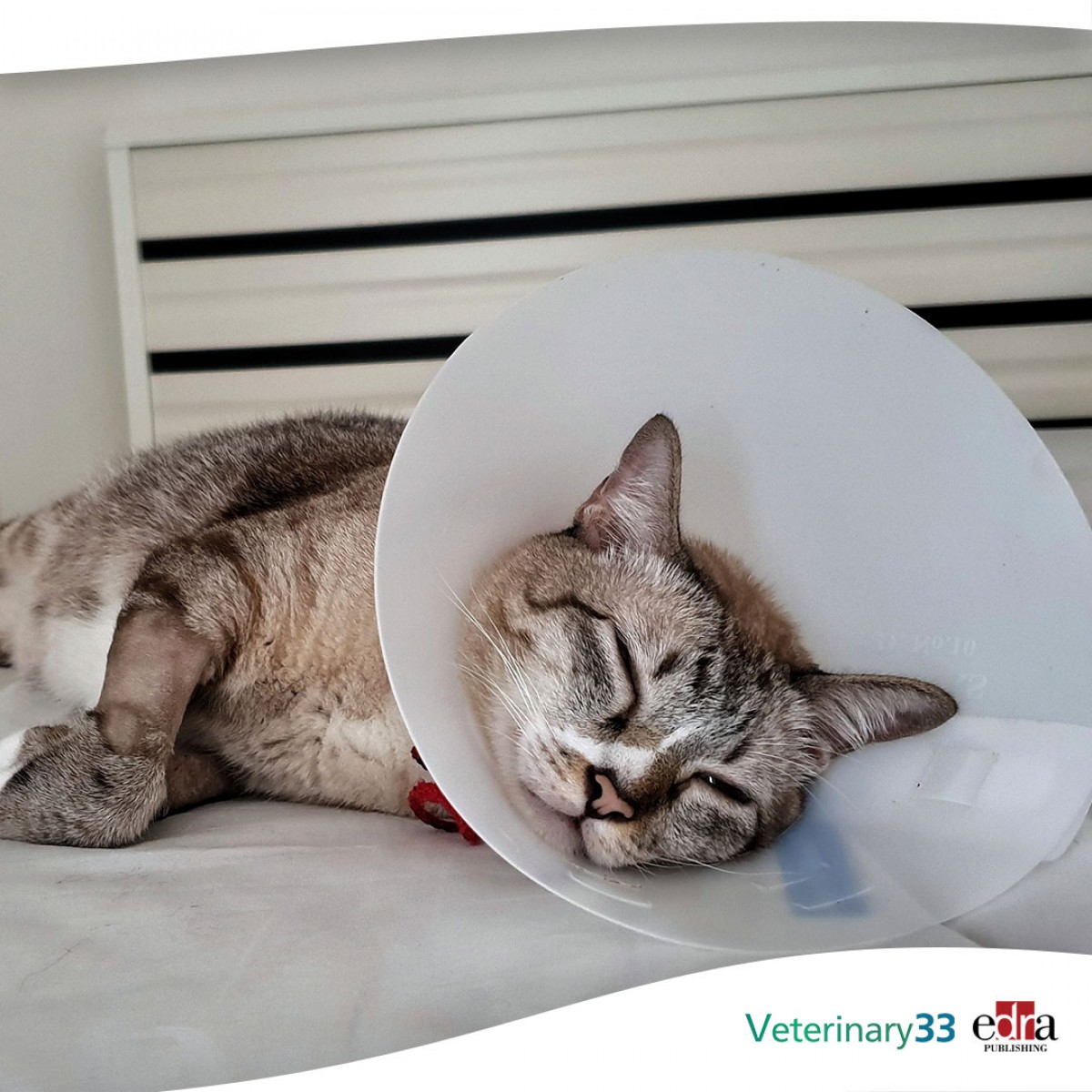Increasing compliance to help prevent heartworm drug resistance
by Jenny Alonge
Despite heightened awareness, heartworm infection in pets continues to increase across the United States. To complicate matters, parasites in some parts of the country have developed resistance to macrocyclic lactones, a class of parasiticides and insecticides that includes ivermectin, selamectin, milbemycin, oxime, and moxidectin, which are active ingredients in many major preventive brands. In January, the Food and Drug Administration (FDA) announced they are updating their standards for evaluating new heartworm preventives to help combat drug-resistant strains. Keep reading to learn more about these changes, and what steps you can take to protect your patients.
FDA recommendations for proposed heartworm preventives
The FDA released Effectiveness of anthelmintics: Specific recommendations for products proposed for the prevention of heartworm disease in dogs, a draft guidance. The agency’s approach involves ensuring canine heartworm prevention products are 100% effective by requiring sponsors to conduct two separate laboratory dose confirmation studies that use research dogs and recent isolates of Dirofilaria immitis from two U.S. regions, and one multisite field effectiveness study. The draft guidance is similar to this approach, but differences include:
- Improved product effectiveness assessment — The new guidance includes specific recommendations to improve product effectiveness assessment under actual conditions involving client-owned dogs, and to select at least two types of heartworm isolates circulating in highly endemic areas, such as the southeastern United States and Mississippi Delta region.
- Lowered efficacy mandate — The new approach also lowers the efficacy mandate from 100% to 99.5%. This may draw new broad-spectrum parasiticides to the U.S. market.
The FDA is seeking public comment on the draft guidance until May 1, 2023. Comments can be submitted electronically via the Federal eRulemaking Portal, or in writing to Dockets Management Staff (HFA-305), Food and Drug Administration, 5630 Fishers Lane, Rm 1061, MD 20852.
Identifying heartworm drug resistance
Heartworm resistance to macrolytic lactones has been suspected for more than 20 years and has been confirmed in the U.S. Resistant strains appear the most prevalent in states along the Mississippi River’s lower half. Identifying resistance can be difficult in a practice setting, because the client’s compliance in purchasing and administering the preventives must be determined. University of Georgia, College of Veterinary Medicine, researchers developed an algorithm to help veterinarians evaluate cases of suspected macrolytic lactone resistant heartworm infection that assessed factors that included:
- Has the pet received the appropriate medication at the right dose and frequency?
- Has the pet been tested properly throughout their life for heartworms?
- Are microfilariae present on a direct smear or a concentration technique?
- Do these factors point to a resistant case? If so, a microfilarial suppression test should be performed for:
- Low suspicion — If the percentage of reduction in microfilariae numbers is greater than 90%, suspicion is low for resistance.
- High suspicion — If the percentage of reduction in microfilariae numbers is higher than 90%, suspicion is high for resistance.
The role played by current heartworm preventives
If heartworms are resistant to the current preventive medications, should we continue to use these methods? While increased use of a drug is typically implicated in speeding target parasite or pathogen resistance, the heartworm may be different. Factors that work against the propagation of resistant genetics include:
- Refugia — This is the population not exposed to the drugs. Heartworms living in wolves, foxes, coyotes, raccoons, and untreated domestic dogs help dilute the heartworm gene pool, keeping resistant genes from predominating.
- Life cycle — Heartworms go through multiple larval stages and take a relatively long time to reach reproductive maturity. The longer this process takes, the slower the genetic change in the population.
- The mosquito — The need for the mosquito to act as a vector to transmit the parasites slows down genetic turnover.
Annual testing and year-round heartworm prevention remains the best way to protect pets from these dangerous parasites.
Combating heartworm drug resistance
Veterinarians in practice are on the front lines to help combat heartworm drug resistance. Recommendations include:
- Client education — Use the American Heartworm Society’s (AHS) resources to educate clients about the dangers of heartworm disease.
- Start early — Begin heartworm prevention in pets by 8 weeks of age and continue year-round.
- Enroll your team — Ensure your entire veterinary team presents a unified message about the importance of heartworm prevention.
- Be consistent — Discuss heartworm prevention at every visit.
- Consider long-acting preventives — Recommend long-acting alternatives to owners unable to administer preventives monthly, to help improve protection.
- Mosquito control — Include mosquito repellents and environmental control in your prevention strategy to help minimize transmission.
- Follow treatment guidelines — Follow AHS guidelines for adulticidal therapy. Using “slow kill” methods that rely on macrolytic lactones are not recommended, because prolonged use of these drugs in adult worms may select for resistant subpopulations and create a reservoir for resistant infection.
- Use doxycycline — Doxycycline can help minimize transmission in patients infected by resistant heartworms. At 10 mg/kg, doxycycline kills Wolbachia and renders heartworms unable to develop into infective larval stages when ingested by mosquitoes.
Heartworm drug-resistant related research
More research is needed to understand heartworm drug resistance and develop better preventives. Current research includes:
- Heartworm growth, development, and drug sensitivity in NSG mice — A recent study demonstrated that NSG mice are an ideal model for monitoring host responses to heartworm infection and for testing parasites in vivo for susceptibility to direct chemotherapeutic activity of new agents.
- Heritable immunostimulatory bacterium — University of Pennsylvania researchers are currently investigating if certain bacteria infection decreases the mosquito’s ability to transmit infectious heartworm larvae. They hope to find a new approach to prevent heartworm disease by targeting parasites in the mosquito vector.
The new FDA guidance and ongoing research will hopefully provide improved heartworm prevention, but until these drugs are available, encouraging client compliance in heartworm preventives administration is our best strategy to protect the pets in our care.














List
Add
Please enter a comment